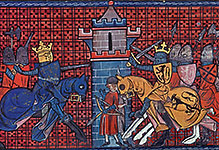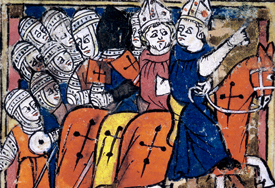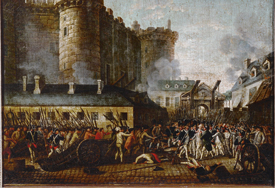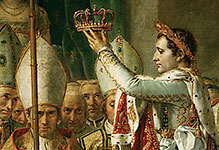
History
History by Periods, War and Peace, Revolutions.

#03080129
The Jacquerie at Meaux (1358). From Jean Froissart's Chroniques; Bruges, Belgiu...

#03080147
Murder of the Marshals of Normandy and Champagne by Etienne Marcel's soldiers be...

#03080155
Moses and the Commandments. Above left: Moses receives the commandments from Go...

#03080160
The creation of the animals. The Creator among his animals. There are seven kin...

#03080163
The Jews' Passover. Facsimile of a miniature from a missel of 15th century orna...

#03080165
King Richard II gives a charter to Thomas Mowbray, Earl of Nottingham creating h...

#03080168
King Richard I Lionheart (1157-1199) embarks on the Third Crusade (1191). From t...

#030802 2
Havdalah ceremony (concludes the Shabbat). Vellum manuscript from the Barcelona...

#030802 6
Detail from a folio showing the giving of Matzoh (unleavened bread) and Charoset...

#030802 7
Pharaoh commands the Israelites to leave Egypt; the plague of the first born; th...

#030802 8
The battle of Crécy: Edward the Black Prince (1330-1376, son of Edward III of En...

#030802 9
Battle of Neville's Cross (near Durham, England) in 1346 between English and Sco...


